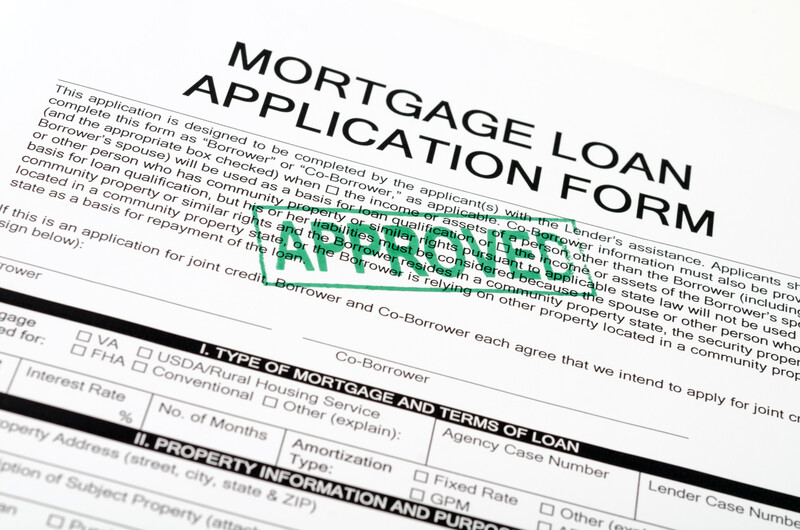What is the mortgage application process?
If you’re in the market for a new home or a refinance, one of the first things you’ll need to do is apply for a mortgage. The mortgage application process can seem overwhelming, but it doesn’t have to be. By understanding the steps involved and preparing in advance, you can make the process go smoothly and increase your chances of getting approved for a loan.
The first step in the mortgage application process is to gather the necessary documents. This will include things like IDs, proof of income, proof of assets, and running your credit history. Your local mortgage broker will need this information to determine whether you are a good candidate for a mortgage loan and how much they are willing to lend you.
Next, you’ll need to shop around for a broker who will then shop around for a lender on your behalf. This means comparing interest rates and loan terms from different lenders to find the best deal.
Once you and your broker found a lender and have all the necessary documents, it’s time to fill out the mortgage application. This will include providing detailed information about your financial situation, such as your income, assets, and debts. The mortgage broker or lender will use this information to determine whether you are eligible for a loan and how much they are willing to lend you.
After you’ve submitted your mortgage application, the lender will begin the underwriting process. This is where they will carefully review your financial situation to determine whether you are a good candidate for a loan. They will also verify the information you provided on your application and may ask for additional documentation if needed.
If your application is approved, the lender will issue a pre-approval letter, which will state the terms of the loan, including the interest rate and the amount you are eligible to borrow. This letter will be useful when it comes time to make an offer on a home, as it will show the seller that you are serious about buying and have the financial means to do so.
Once you’ve found a home and made an offer that has been accepted, you will work on underwriting the property and receive a conditional approval. Once all the conditions are met, it’s time to move on to the final step in the mortgage application process: closing. This is where you will sign the loan documents and officially become the owner of the property. The closing process can be complicated, so it’s important to work with a skilled title agent and/or real estate attorney who can help you understand the documents and protect your interests.
In conclusion, the mortgage application process can seem daunting, but it doesn’t have to be. By gathering the necessary documents, shopping around for a mortgage broker, and working with a skilled realtor and real estate attorney, you can make the process go smoothly and increase your chances of getting approved for a loan.

















